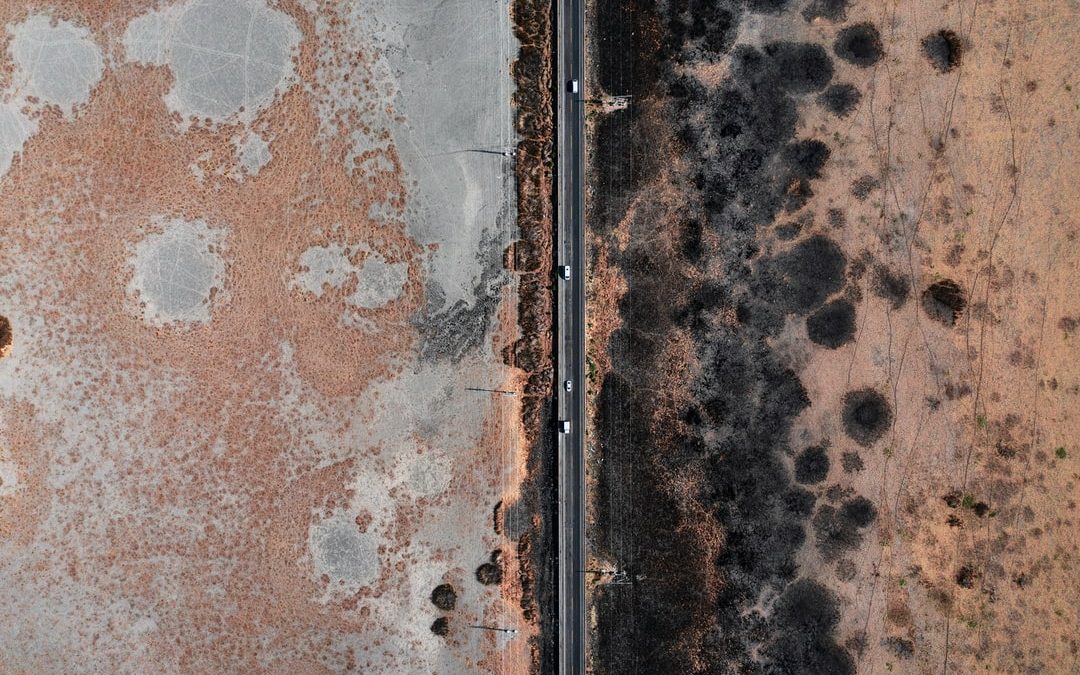Do you suspect mold has snuck into your home and settled in? You could be in the 70% of homeowners struggling with too much mold.
Finding and eliminating mold is critical for your household. Even if no one has adverse health effects, mold can cause property damage to your house’s structures, ceilings, and walls. And the longer it goes untreated, the more mold remediation will cost.
Here are the top five tale-tale signs of mold to help you stay on alert against this toxic household infestation.
1. Discolored Splotches
Mold and mildew splotches are unmistakable visual indicators of mold infestation. Dark growth areas can also be signs of black mold.
Even if you take care of these splotches at the surface level, they could indicate mold is growing in areas you can’t see or reach. Mold tends to spread much deeper than surface level, which is part of why untreated mold will eventually rot wood and other substances.
2. Water Damage
Early signs of mold in the house include visible water damage and leaks. Mold only needs moisture and oxygen to start growing, so a house with significant water build-up is ideal for mold to take hold.
Water damage signs include:
- Brown or yellow water stains
- Peeling wallpaper
- Sagging or warped floor areas
- Cracked or discolored paint
- Flaking drywall
- Soft and crumbling wood
- Wet spots around appliances and bathroom fixtures
- Dripping water from ceilings
- Water seeping through walls
Major water damage doesn’t just cause mold. It can also cause costly damage to your home. To avoid expensive mold infestation and repairs, water damage should be fixed ASAP.
3. Condensation Build-up
Although less severe than water damage, condensation is among the signs of mold in a house. Mold grows ideally in environments with 60% humidity or greater, and most homes average 50%-70%.
Even if you don’t have water damage, mold can still flourish in damp and humid homes. Many home activities even add humidity to the air, including:
- Cooking and baking
- Running HVAC systems
- Showering and bathing
- Washing and drying clothes
- Using portable heating and cooling units
Condensation can also build up along windows, doorways, and basements where warmer and cooler air collide. If you notice a lot of condensation around your house, it can be an early warning that mold is on its way.
4. Musty Odor
A damp or musty smell is one of the most recognizable signs of mold in the home. Mold scent is unmistakable once you’ve had a whiff. It’s similar to the odor of stale clothes left too long in the washer without being properly dried.
The funky smell comes from microbial volatile organic compounds (mVOCs) released by the mold. These mVOCs are also believed to cause the health signs of mold exposure.
5. Persistent Health Issues
There are many signs of mold sickness. Mold-related health symptoms can be difficult to pin down, because some people aren’t affected by mold at all. For mold-sensitive or mold-allergic people, however, it can cause adverse reactions.
Health-related signs include:
- Stuffy or runny nose
- Watery and itchy eyes
- Itchy or rashy skin
- Fevers and cold chills
- Worsening asthma or respiratory issues
- Lightheadedness or dizzy spells
- Headaches and body aches
- Persistent fatigue
Health signs can also be difficult to trace to mold, as they mimic symptoms for other illnesses. If you feel much better after being away from your house for extended periods of time, it could be an indicator that mold exposure is the culprit.
Do You Have Signs of Mold in Your House?
Mold can cause and/or indicate damage to your home. If you see signs of mold and want to stop unwanted mold from taking root in your house, we can help.
Elite Mold Services helps you identify mold and other air quality issues through rigorous testing and inspections. Our specialists are state-licensed and certified to bring you the best in service. Contact us today to get started on the clean air quality you deserve!

